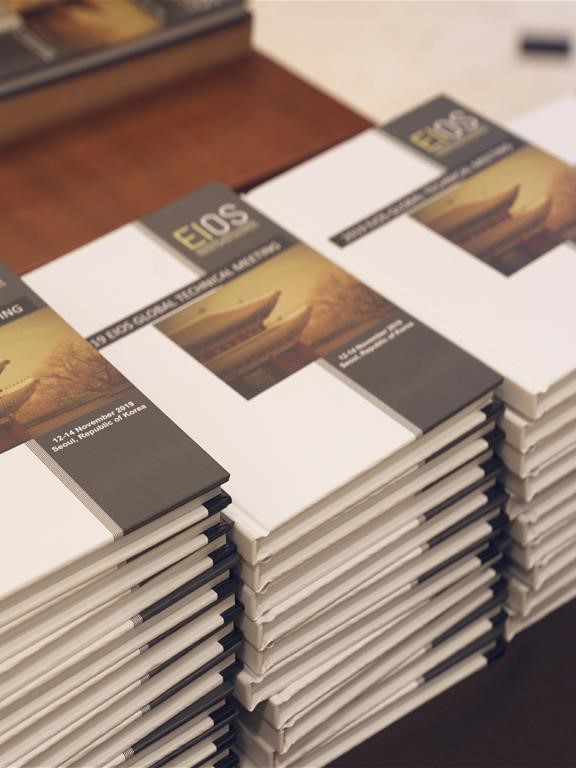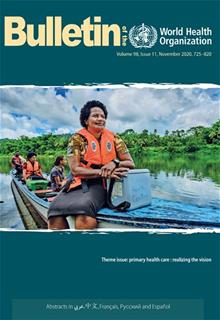Quality assessment guidebook
A guide to assessing health services for adolescent clients
Overview
The Quality assessment guidebook: a guide to assessing health services for adolescent clients is part of a set of tools to strengthen programmatic action on adolescent health in countries. It is intended to enable programme managers to assess the quality of health service provision to adolescents, and to take appropriate action where the quality is found wanting.
The Guidebook can be used in countries where there are agreed-upon national quality standards, as well as in ones where there are not.
It contains a user guide, a set of eight instruments to assess the quality of health services, and a framework for analysing and reporting on the data collected.




